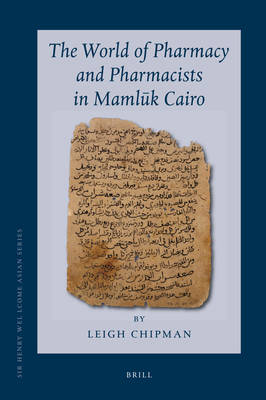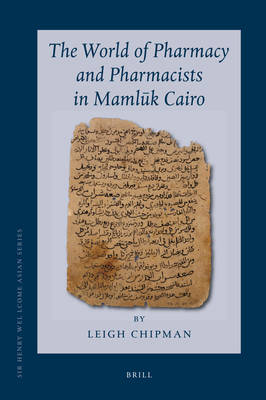
- Afhalen na 1 uur in een winkel met voorraad
- Gratis thuislevering in België vanaf € 30
- Ruim aanbod met 7 miljoen producten
- Afhalen na 1 uur in een winkel met voorraad
- Gratis thuislevering in België vanaf € 30
- Ruim aanbod met 7 miljoen producten
Zoeken
Omschrijving
This is the first detailed analysis of an immensely popular 13th c. Arabic guide for pharmacists, from a time in which Jewish physicians and pharmacists worked alongside Muslim and Christian practioners. Minhāj al-dukkān ("How to manage a pharmacy"), by Abū ʾl-Munā al-Kūhīn al-ʿAṭṭār (fl. 1260) is the first attempt to explore the full spectrum of pharmacy in the medieval Arabic world: identification of the materia medica and methods of preparation; pharmacy's place within the sciences and particularly its relationship with medicine; the social position of the pharmacist and his role in the marketplace and the hospital; the economics of pharmacy; legal aspects of pharmacy; and the image of the pharmacist in literature and drama. The result is a full and nuanced picture of a section of society usually invisible.
Specificaties
Betrokkenen
- Auteur(s):
- Uitgeverij:
Inhoud
- Aantal bladzijden:
- 328
- Taal:
- Engels
- Reeks:
- Reeksnummer:
- nr. 8
Eigenschappen
- Productcode (EAN):
- 9789004176065
- Verschijningsdatum:
- 18/11/2009
- Uitvoering:
- Hardcover
- Formaat:
- Genaaid
- Afmetingen:
- 163 mm x 239 mm
- Gewicht:
- 612 g

Alleen bij Standaard Boekhandel
+ 488 punten op je klantenkaart van Standaard Boekhandel
Beoordelingen
We publiceren alleen reviews die voldoen aan de voorwaarden voor reviews. Bekijk onze voorwaarden voor reviews.








